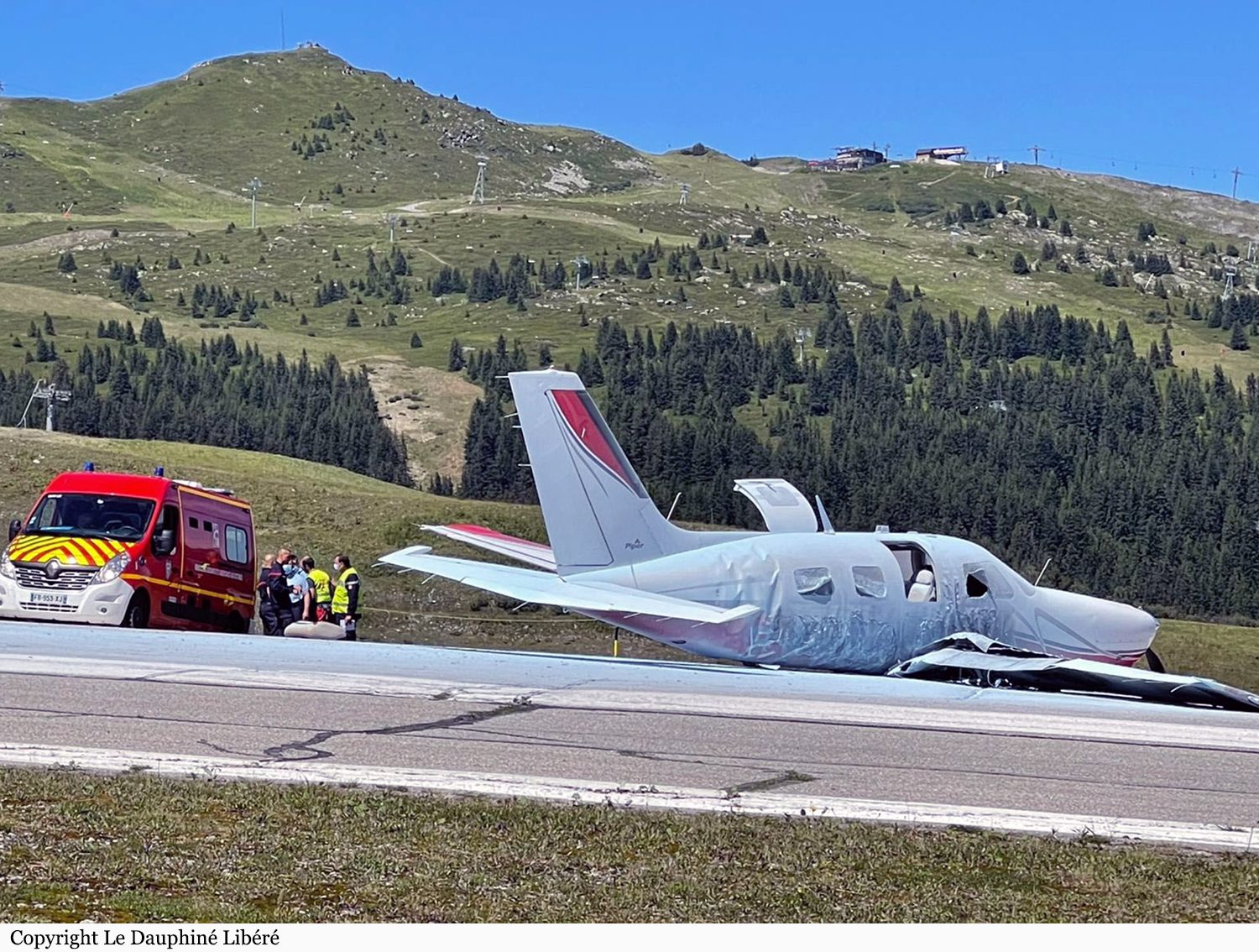Country
Crash of a Piper PA-46-500TP Malibu Meridian in Olathe: 1 killed
Date & Time:
Feb 13, 2022 at 1020 LT
Registration:
N2445F
Survivors:
No
Schedule:
Olathe - Albuquerque
MSN:
46-97480
YOM:
2012
Crew on board:
1
Crew fatalities:
Pax on board:
0
Pax fatalities:
Other fatalities:
Total fatalities:
1
Aircraft flight hours:
2170
Circumstances:
The airplane had recently undergone an annual inspection, and the pilot planned to fly the airplane back to his home base. After receiving clearance from air traffic control, the pilot proceeded to take off. The airplane accelerated and reached a peak groundspeed of 81 kts about 2,075 ft down the 4,097-ft runway. Once airborne, the airplane drifted slightly to the right and the pilot radioed an urgent need to return to the airport. The controller cleared the airplane to land and no further transmissions were received from the accident airplane. The airplane’s flight path showed that it slowed before turning back toward the left and the airplane’s speed continued to decrease throughout the remainder of the data. The final data point recorded the airplane at a groundspeed of 45 kts. The groundspeed would equate to 60 kts airspeed when considering the 15-kt headwind. The stall speed chart for the airplane listed the minimum stall speed for any configuration as 64 kts. Postaccident examinations of the airframe and engine revealed no evidence of mechanical malfunctions or failures that would have precluded normal operation. External and internal engine damage indicated that the engine was producing power at the time of impact, but the amount of power output could not be determined. Based on the available information, the pilot perceived an urgent need to return the airplane to the airport; however, due to the amount of damage from the impact and postimpact fire, the reason that the pilot was returning to the airport could not be determined. Stall speed information for the airplane, the recorded winds, and flight track data, indicated that the airplane encountered an aerodynamic stall before impacting the ground near the departure end of the runway. Since the airplane stalled and impacted the ground before reaching the perimeter of the airport, the pilot may not have had sufficient altitude to execute a forced landing to the empty field off the departure end of the runway.
Probable cause:
The unknown emergency that warranted a return to the airport and the airspeed decay which resulted in an aerodynamic stall.
Final Report:
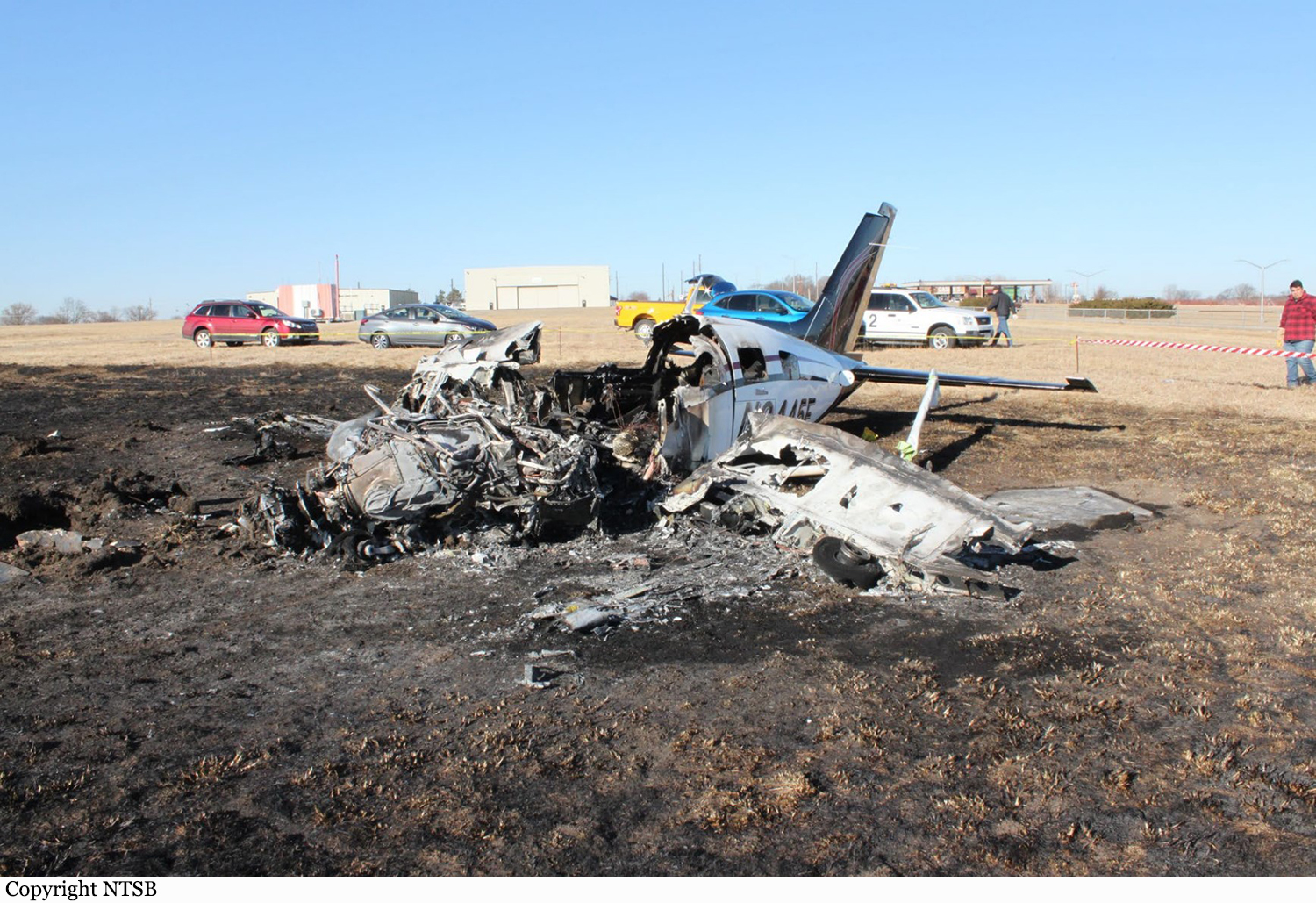

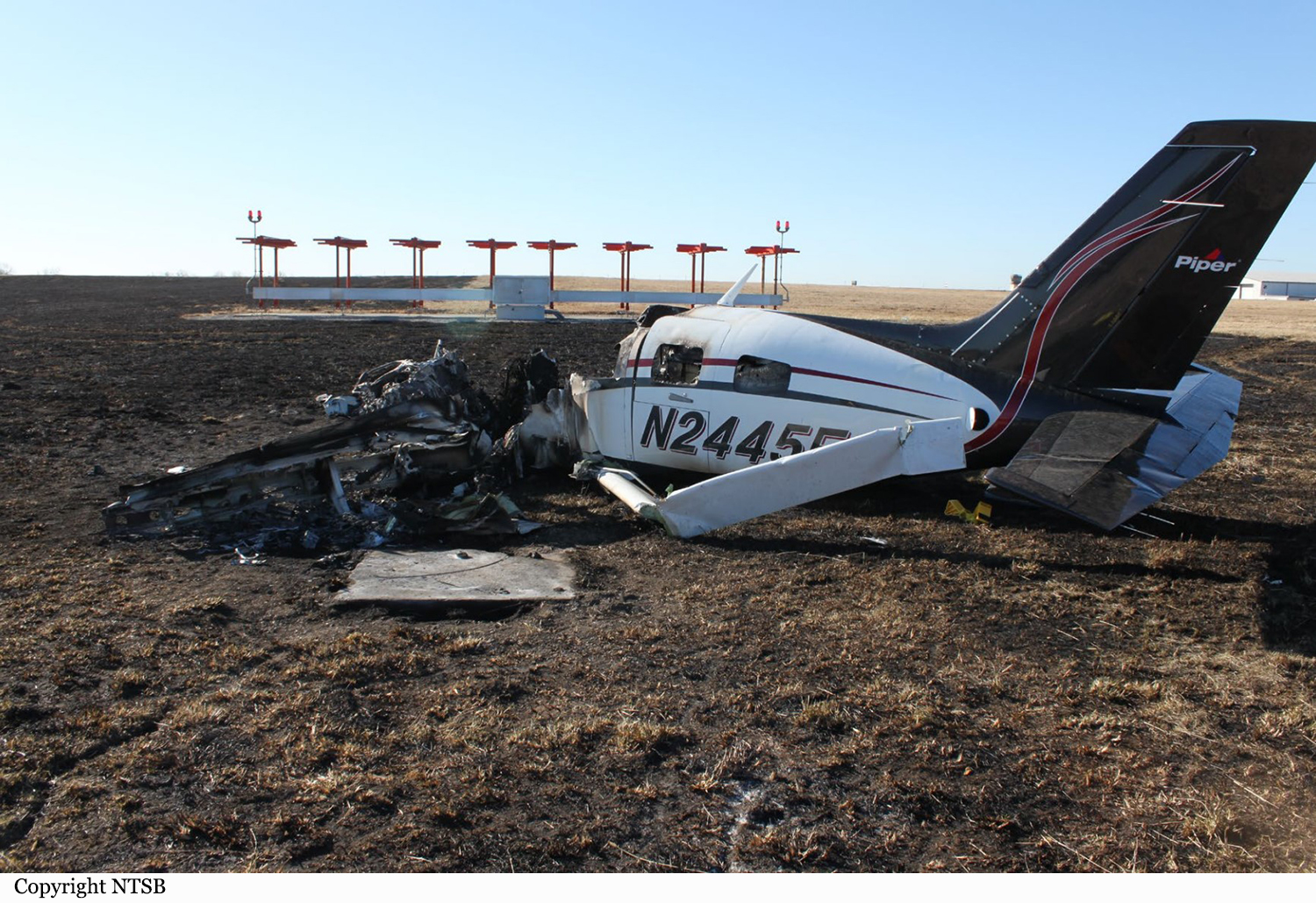

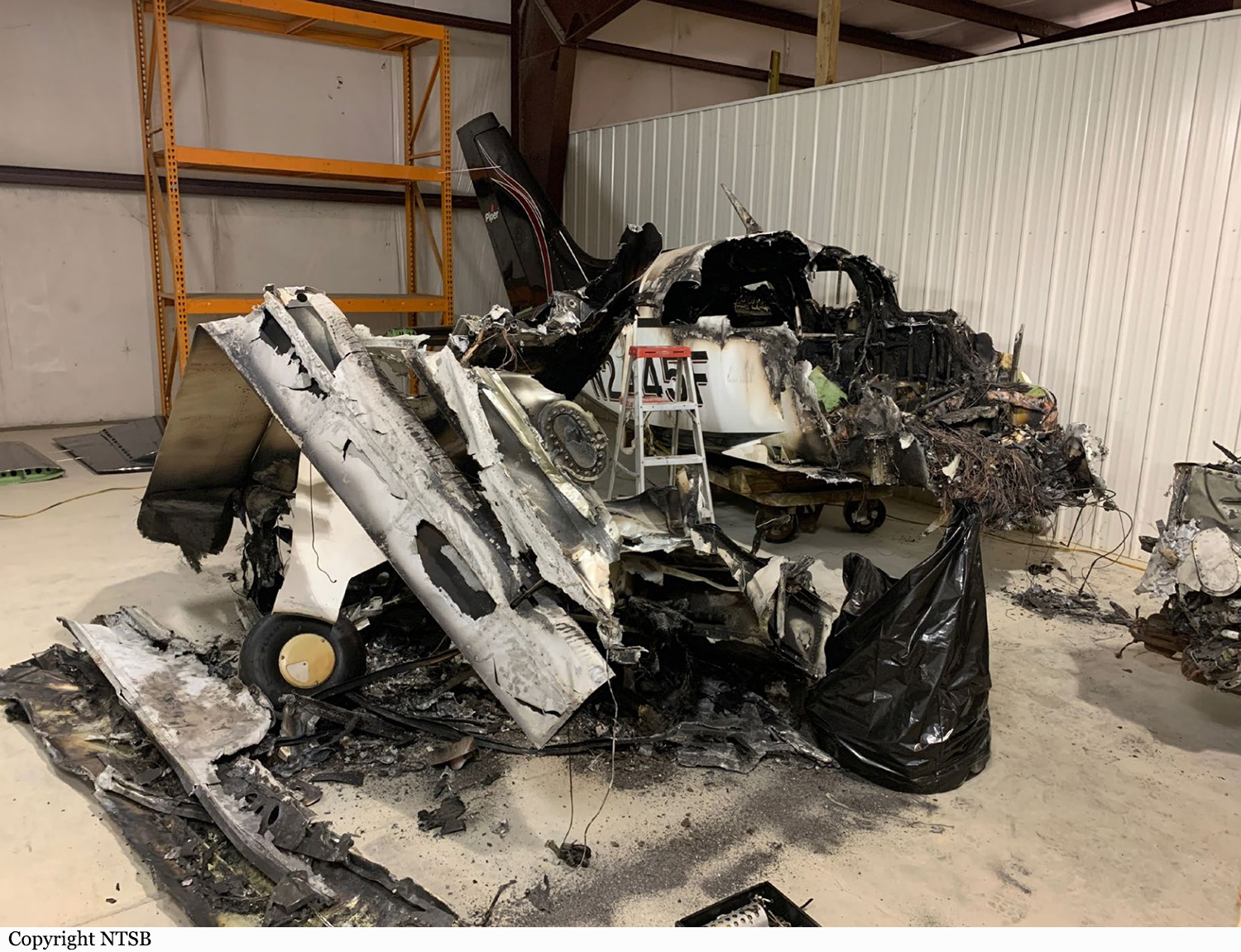
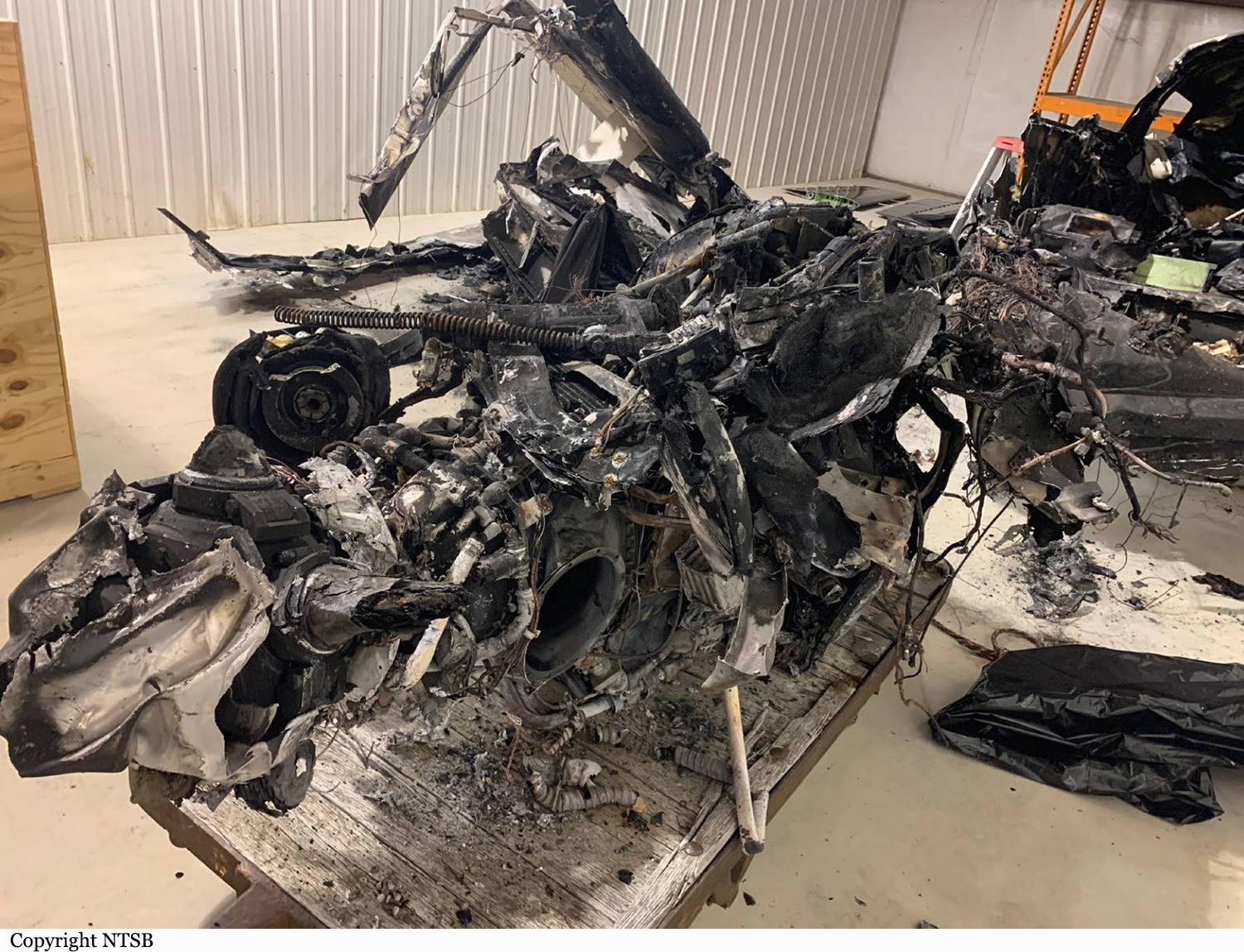
Crash of a Piper PA-46-350P Malibu Mirage in Mazatlán
Date & Time:
Feb 13, 2022
Registration:
XB-SUA
Survivors:
Yes
MSN:
46-36378
YOM:
2006
Crew on board:
1
Crew fatalities:
Pax on board:
5
Pax fatalities:
Other fatalities:
Total fatalities:
0
Circumstances:
En route, the pilot encountered engine problems and elected to make an emergency landing on a motorway. Upon landing, the aircraft impacted the road bank, lost its left wing and came to rest. All six occupants evacuated with minor injuries and the aircraft was damaged beyond repair.
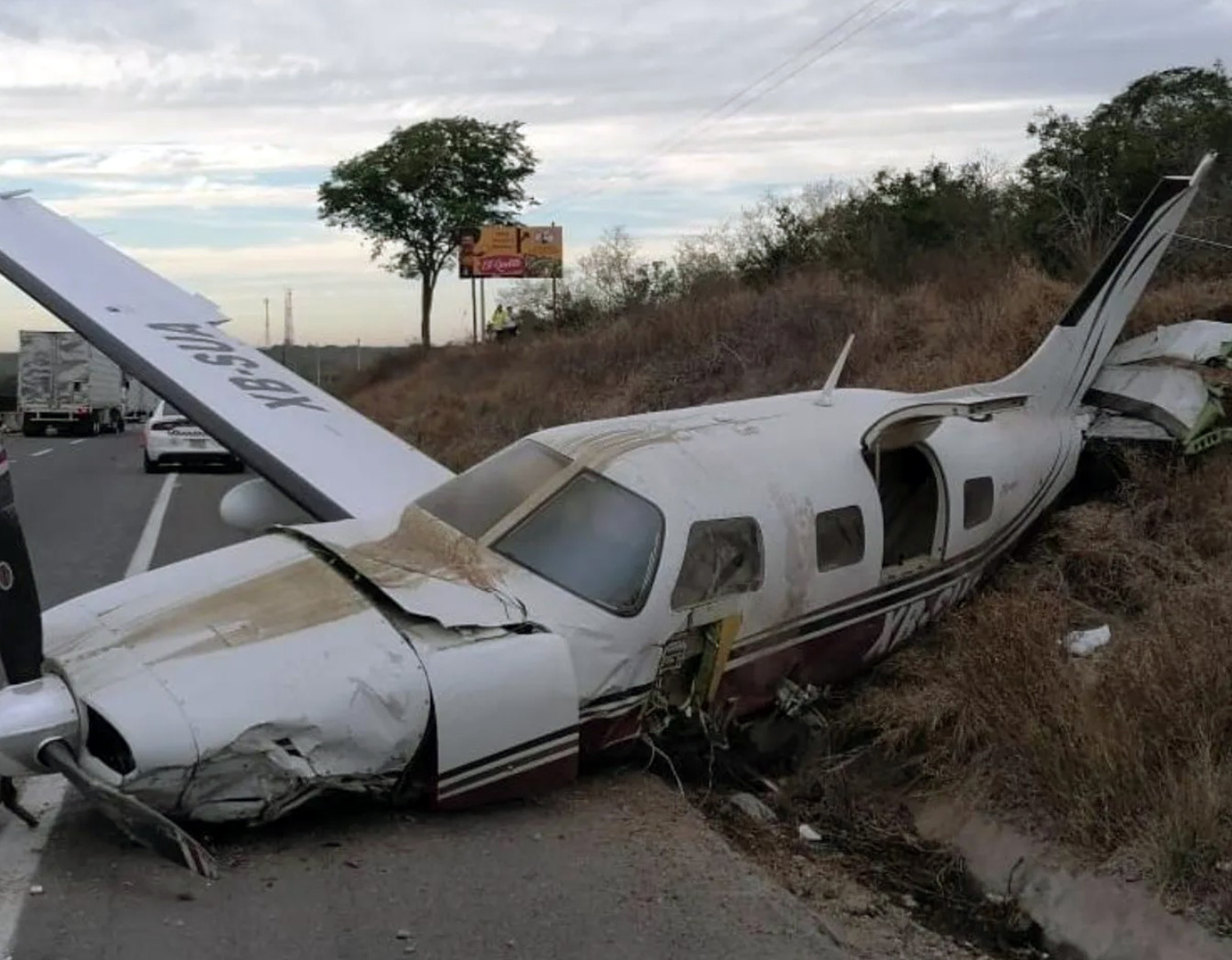
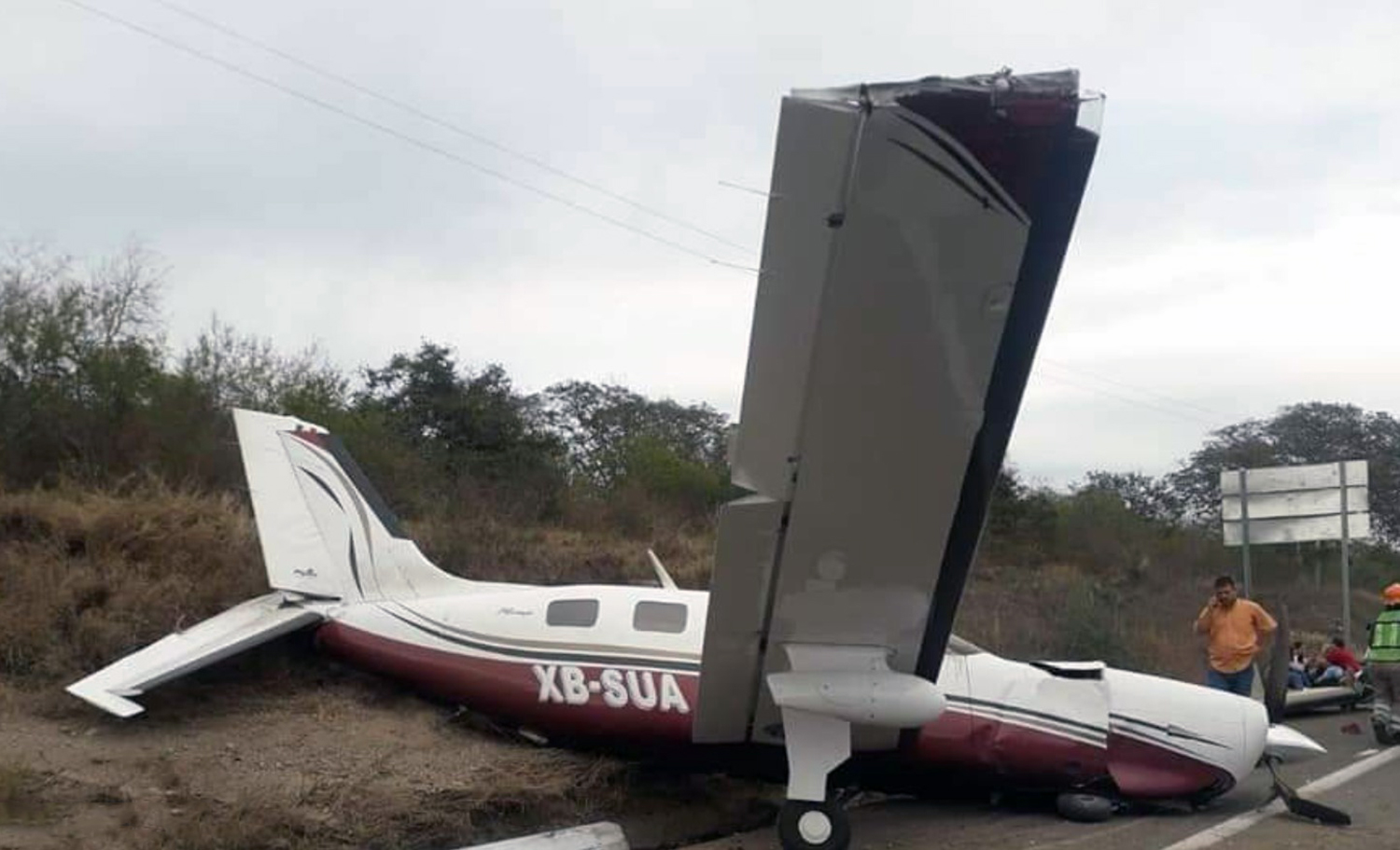
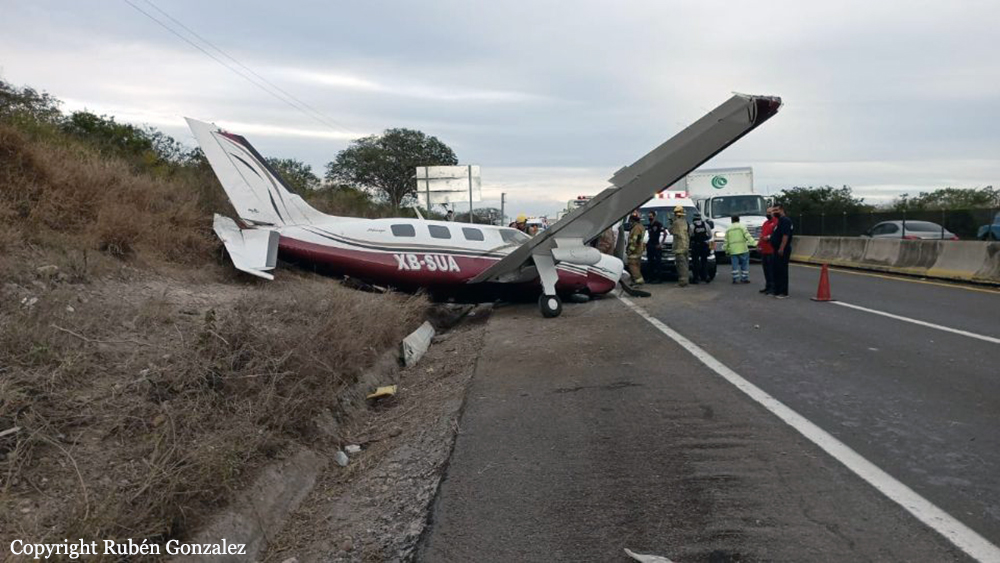

Crash of a Piper PA-46-500TP Malibu Meridian in Steamboat Springs: 1 killed
Date & Time:
Dec 10, 2021 at 1809 LT
Registration:
N744Z
Survivors:
No
Schedule:
Cody – Steamboat Springs
MSN:
46-97134
YOM:
2002
Crew on board:
1
Crew fatalities:
Pax on board:
0
Pax fatalities:
Other fatalities:
Total fatalities:
1
Circumstances:
The pilot was conducting a solo night cross-country flight in low visibility through mountainous terrain. The pilot was then cleared by an air traffic controller to conduct a RNAV (GPS)-E instrument approach into the destination airport. After passing the final approach fix and before the missed approach point, the pilot, for an unknown reason, executed a left turn, consistent with the missed approach procedure. During the turn toward the holding waypoint, the airplane did not climb. Shortly thereafter, the airplane impacted steep rising terrain The local weather at the time of the accident indicated a cloud ceiling of 1,200 ft above ground level and 1 statute mile visibility, which was below the weather minimums for the approach. Data retrieved from the onboard avionics revealed that although the pilot flew the published route in accordance with the instrument approach procedure, the minimum required altitudes were not adhered to. A review of the ForeFlight weather briefing data indicated that a route weather briefing had been generated by the pilot with the filing of the instrument flight rules (IFR) flight plan. While no weather imagery was reviewed during the period, the pilot had checked METARs for the destination and another nearby airport before departure and viewed the RNAV (GPS)-E approach procedure at the destination airport. A review of the data that was presented to the pilot indicated that visual flight rules conditions prevailed at the destination with light snow in the vicinity at the time it was generated. Based on the preflight weather briefing the pilot obtained, he was likely unaware of the IFR conditions and below minimum weather conditions at the destination until he descended into the area and obtained the current local weather during the flight. It is probable that, based upon the weather and flight track information, as the pilot was on the instrument approach, he became aware of the below minimum weather conditions and elected to initiate the missed approach, as evident by the turn away from the airport similar to the missed approach procedure and the flaps and landing gear being in transition. This investigation was unable to determine why the missed approach procedure was prematurely initiated and why the airplane failed to climb. Additionally, there were no preimpact mechanical malfunctions or anomalies found during a postaccident examination that would have precluded normal operation.
Probable cause:
The pilot’s failure to adhere to the published instrument approach procedure, which resulted in controlled flight into terrain.
Final Report:
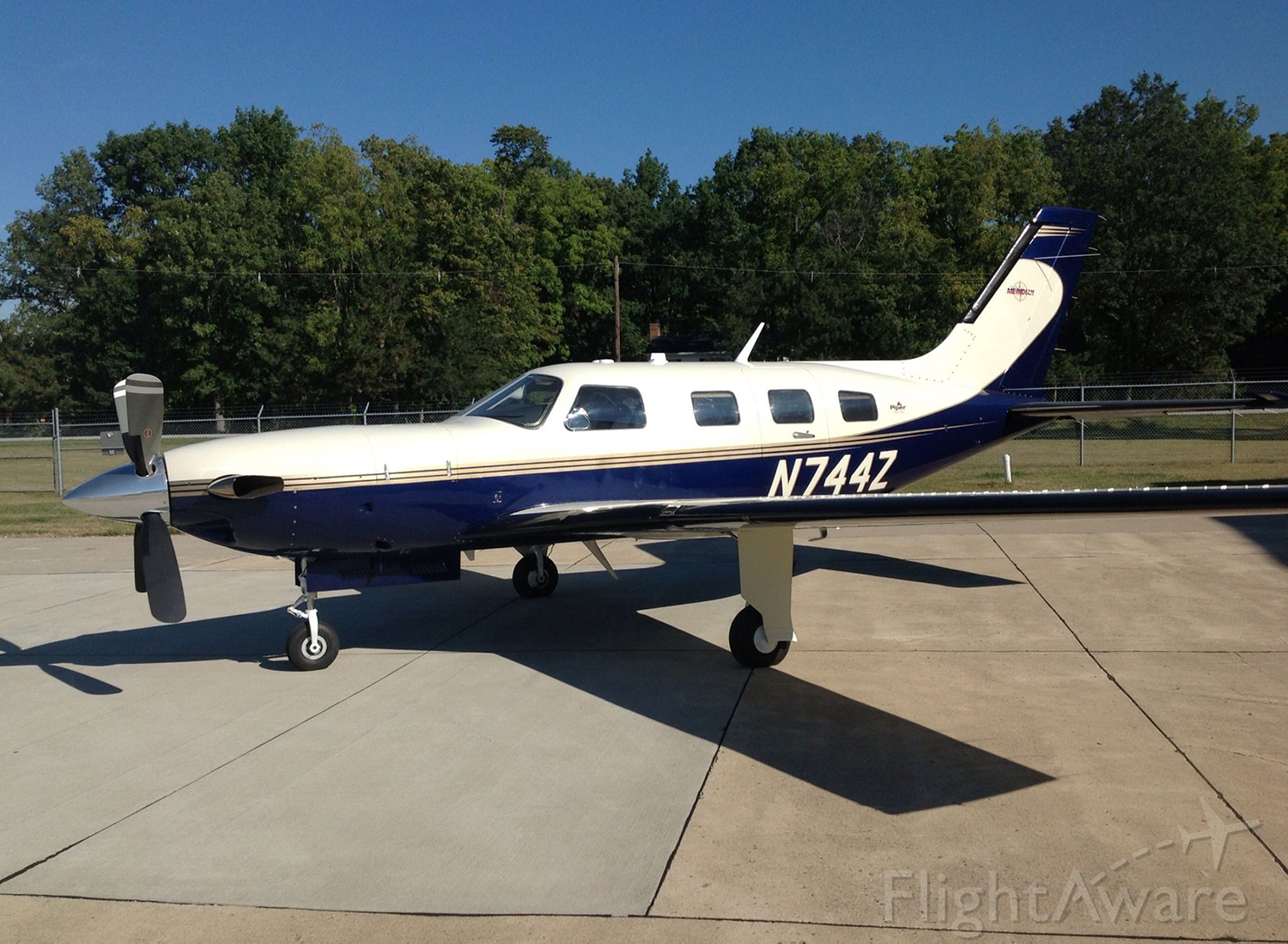
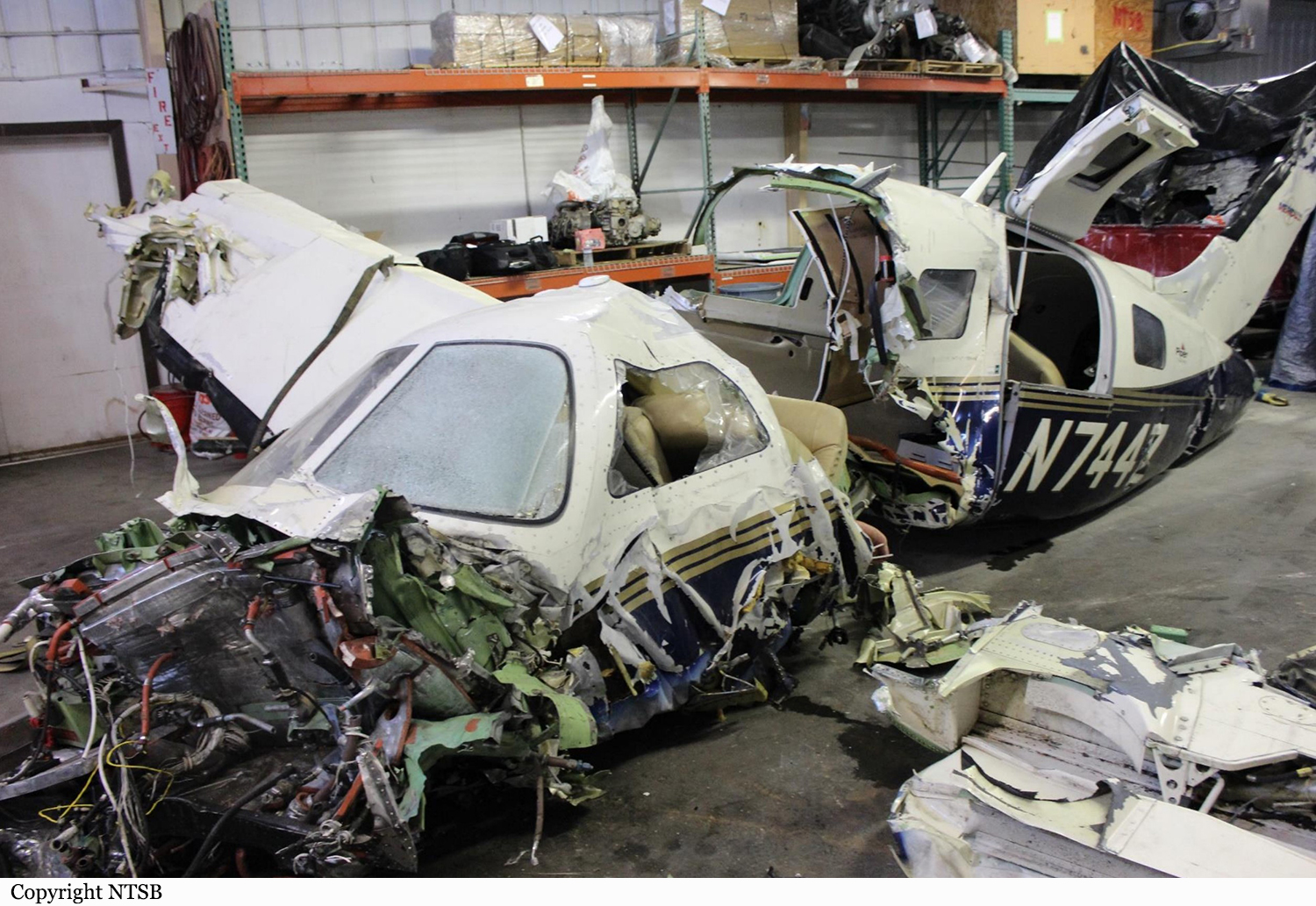
Crash of a Piper PA-46-350P Malibu Mirage in Courchevel: 1 killed
Date & Time:
Aug 6, 2021 at 1144 LT
Registration:
F-HYGA
Survivors:
Yes
Schedule:
Cannes - Courchevel
MSN:
46-36483
YOM:
2010
Crew on board:
1
Crew fatalities:
Pax on board:
2
Pax fatalities:
Other fatalities:
Total fatalities:
1
Captain / Total hours on type:
80.00
Circumstances:
The single engine airplane departed Cannes-Mandelieu Airport on a private flight to Courchevel with two passengers and one pilot on board. The goal of the flight was to maintain the validity of the pilot to access to the Courchevel Altiport. Following a right hand base leg, the pilot configured the airplane to land on runway 22. On final, the altimeter showed an altitude close to the runway threshold, and the aircraft was levelled off to the runway threshold. A few seconds before landing, the stall warning sounded, the engine power was increased and then reduced completely. The undercarriage impacted an embankment above the runway threshold and were torn off. The airplane lifted a bit then fell back onto the runway. It slid for about 100 metres before coming to rest. A fire erupted on the right side of the fuselage. The pilot and the front passenger exited the aircraft through the rear door and managed to extract the rear passenger, who was unconscious and died a few minutes later.
Probable cause:
The accident was the consequence of a premature descent during the approach. The pilot started the descent on the base leg, whereas mountain landing practices call for a descent on final approach after interception of the descent plan, combined with an erroneous assessment of the aircraft's position in relation to the final descent plan. Investigations revealed that the aircraft was flying at an altitude of 6,600 feet during the last turn, about 400 feet below the altitude indicated on the approach chart.
The following factors may have contributed to the accident:
- The period of training received by the pilot was probably insufficient;
- A lack of landing experience at Courchevel;
- A misunderstandings between the pilot and the passenger seated on the right about his role during the flight, himself being an airline pilot and instructor.
The following factors may have contributed to the accident:
- The period of training received by the pilot was probably insufficient;
- A lack of landing experience at Courchevel;
- A misunderstandings between the pilot and the passenger seated on the right about his role during the flight, himself being an airline pilot and instructor.
Final Report:
